One by one, England players emerge from an upstairs room at the Bisham Abbey National Sports Center and head to a nearby table tennis table. The group has just completed an hour-long session on the importance of mindset and personal values, delivered by the Rugby Football Union's career psychologist. Now, after an intense training day, it's time to chill.
In one corner, former England full-back Sarah McKenna watches. "We would never have had this before," she says. "We all laugh about it, but that is the reality. For the most part, players don't need to be reminded. They just have to enjoy this journey."
McKenna isn't talking about John Mitchell's high-flying, number one team. In recent months she has been busy overseeing the talent factory that is producing the next generation of Red Roses, having been appointed assistant coach of England Women's Under-20s last December.
Telegraph Sport recently met the squad at a three-day camp in Berkshire as they prepare for their series of spring matches (they have since played the Army and face their French and Welsh counterparts in the coming weeks). Unlike the men's game, there is no formal Women's Six Nations at under-20 level, an age group where there was once no investment in the women's game.
When McKenna was an aging athlete, playing opportunities were scarce. "We had games against Canada, Wales and the US," she recalls. "At the time, there were no other programs for under-20s. No one has invested time or money in it. We played those three times and that was the end of our year."
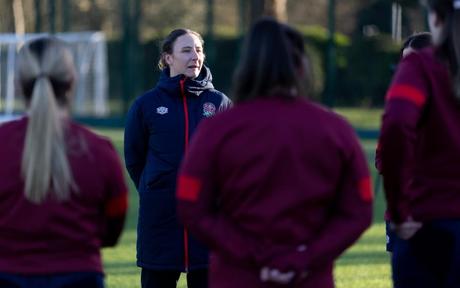
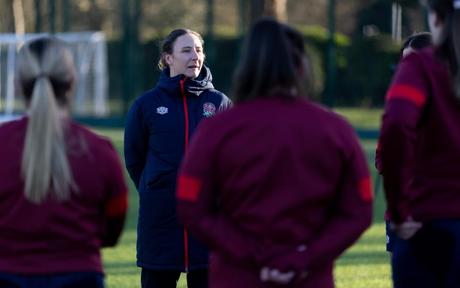
Ten years ago, the English women's pathway program was moved from the barracks of RAF Bovington in Dorset. LJ Lewis, the current England women's under-20s head coach, still has 'horror stories' about doing army exercises near the site's famous tank museum. The camps focused on testing players' mental fortitude through character-building exercises rather than actual rugby.
The story continues
How times have changed. Each member of this 32-strong "mini Red Roses" cohort in Bisham is associated with a club in the Premiership Women's Rugby, which sets the standard in the RFU's women's pathway. Training camps are carefully organized, with an emphasis on nurturing players holistically. In addition to psychological support, the training is alternated with recovery, analysis sessions and even nutritional workshops.
"The expectations from the players are huge," says Lewis. "Given the facilities available to them at their clubs, they don't want to be put in an environment that's down there and feel like they're taking a step back. We need to take a step higher."
McKenna agrees: "They get 360[-degree] support from their clubs. Their knowledge is vast and they bring it with them and tell us what they have learned at their clubs. In my day we learned as under-20 players. They are so many steps ahead so we can concentrate on rugby."
Among the group is hooker Niamh Swailes, who has been busy racking up minutes for Sale Sharks this season. Hailing from a football family in Gateshead - her father is former Premier League footballer Chris Swailes while her older brother was on the books of Newcastle United's academy - she was a regional swimmer before switching to rugby in her teens.
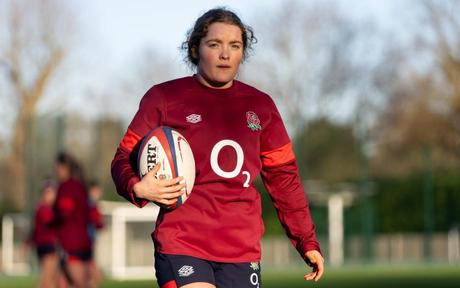
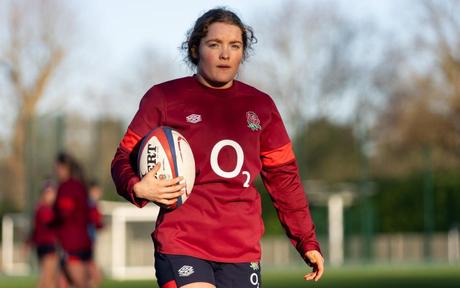
"If you sit in the front row, you're at your peak in your late 20s," Swailes says. "That's what they say: it takes time to develop into that position. Especially since I'm a little whore like me. I'm just excited to see where my journey goes.
Saracens scrum-half Tori Sellors, a former Great Britain handball player and national trampolinist who has been in the program since she was 17, has more pressing ambitions. "I would really like to make it to the World Cup next year," she says. "But it only takes eighteen months. I've talked to coaches and they've said if I want to push, there's an opening."
When Steve Borthwick took over the England men's team from Eddie Jones in December 2021, he inherited a package that was short on secondary options, especially at hooker. With PWR trickling talent into the national squad, the Red Roses, who are light years ahead of most other countries when it comes to player depth, have no such problem.
That has led to a more forensic approach in women's competition, where previously female front rowers have often been converted quite far down the line (England tighthead propagandist Sarah Bern switched from the back row months before the 2017 World Cup, when she was already in the competition). senior arrangement). As a result, identifying positional talent will sooner or later remain high on Lewis's to-do list, and she already has two success stories in Swailes and Sellors. The pair were wingers before moving to their current positions after their potential was spotted by James Cooper, the head coach of the England women's under-18s team.
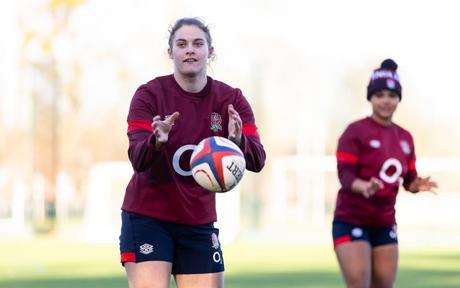
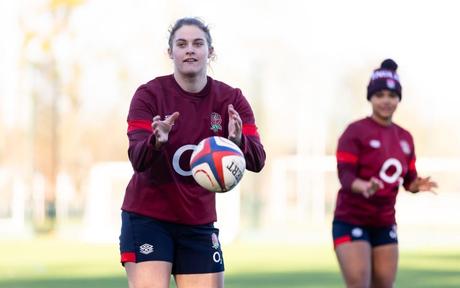
"It was either build 10kg of pure muscle mass or make a half-ass attempt at scrumming," says Sellors. "If you tell a 16-year-old girl to gain 20 pounds, most people will think, 'Do I really want to do that?' Because you have to put on a load before you cut it off and keep it on. I thought I had nothing to lose by trying something new."
Even if Sellors does not make the squad for next year's World Cup, Mitchell has already indicated his desire to involve England Under-20 players in his side's preparations for the tournament, which would prove an invaluable experience.
"It's a really exciting time for this age group," says Lewis. "They all have real potential to become full-time athletes in the game. With a home World Cup [next year] This age group has a great opportunity to be part of a period of change."
